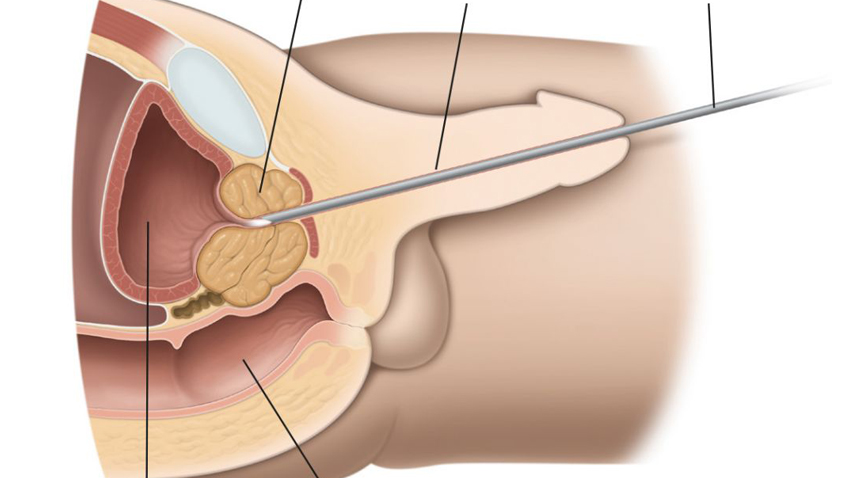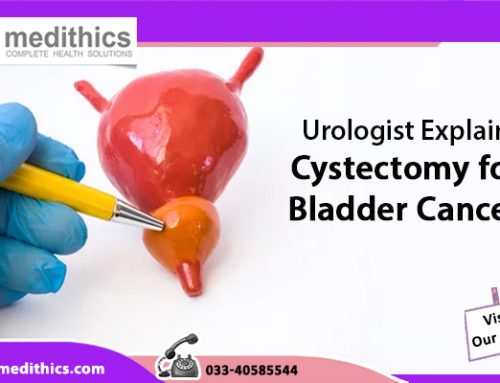Enlarged prostate leads to several urinary related issues. Transurethral resection of prostrate is a surgical treatment that combines both operational instruments and visual assistance for carrying out the surgery. TURP procedure uses an instrument called resectoscope is put through the tip of the penis to get easy access to the prostate that surrounds the urethra.
Overview
TURP (trans urethral resection of prostate) is a procedure followed to cut away a portion of the prostate. The prostate is a small gland positioned between the bladder and the penis. An enlarged prostate puts pressure on the urethra and the bladder, thus blocking normal flow or urine.
TURP procedure is used by prostate specialists to treat various symptoms of an enlarged prostate that include problems with urinating, urge to urinate, weak passing of urine, strain in passing of urine, frequent urge to urinate, feeling of a full bladder, etc. In other words, TURP is used for the treatment of an enlarged prostate (usually benign prostate hyperplasia) that causes problems with urination.
TURP is also done to prevent or treat complications arising from blocked urine. The complications include blood in urine, recurring urinary tract infections, bladder or kidney damage, inability to control urine, etc. Before you go through the TURP procedure, this is how you prepare:
Before the treatment
- You are asked to stop taking aspirins and blood thinners (if you are taking any) to minimize risk of bleeding during the surgery.
- You are likely be given antibiotics before the procedure to minimize urinary tract infection during and after the TURP surgery.
- Your will have to undergo several physical and other related tests to ensure that you are in good health and all your organs (kidney, lung, heart, etc) are functioning properly.
- Make arrangements for post surgery so that you have someone to drive you home and take care of you while you get recovered. Do not drive for weeks or months after the surgery, as advised by your urology doctor.
- Do not eat or drink from the midnight to the day of the surgery.
How it is performed
TURP takes 60-90 minutes to perform. Before the operation, you are given general anaesthesia to help you sleep through the procedure or spinal anaesthesia to let you stay conscious, but feel no pain during the surgery. You may be given a dose of antibiotics just before TURP surgery.
- A thin metal tube with light and camera attached to it (called resectoscope) is passed through the urethra to reach the prostate. There is no need of cuts or incisions.
- The loop of wire inserted through the resectoscope is heated with electric current for the resection of the prostate tissues that are causing the symptoms.
- During the procedure, a thin tube (called catheter) is placed through the urethra in order to pump fluid into the bladder for flushing away small pieces of prostate that are left behind during the TURP procedure.
Recovery
After TURP procedure, you are likely to stay 1-2 days more. A catheter is left in the bladder to help passing of urine in the next 24-48 hours after the surgery. Doctors remove the catheter once the swelling subsides and you are able to urinate normally.
Do not worry if you see blood in urine or notice any irritating urinary symptoms. Listen to the advice of your urologist to ensure quicker recovery from TURP. For instance, drink plenty of water, resume taking blood thinning medicines (as advised by your doctor), eat high-fibre foods, hold off sex for 4-6 weeks, avoid strenuous activities and avoid driving for almost six weeks after the surgery. Follow-up appointments are required to help your doctor evaluate your progress and recovery.






Leave A Comment
You must be logged in to post a comment.